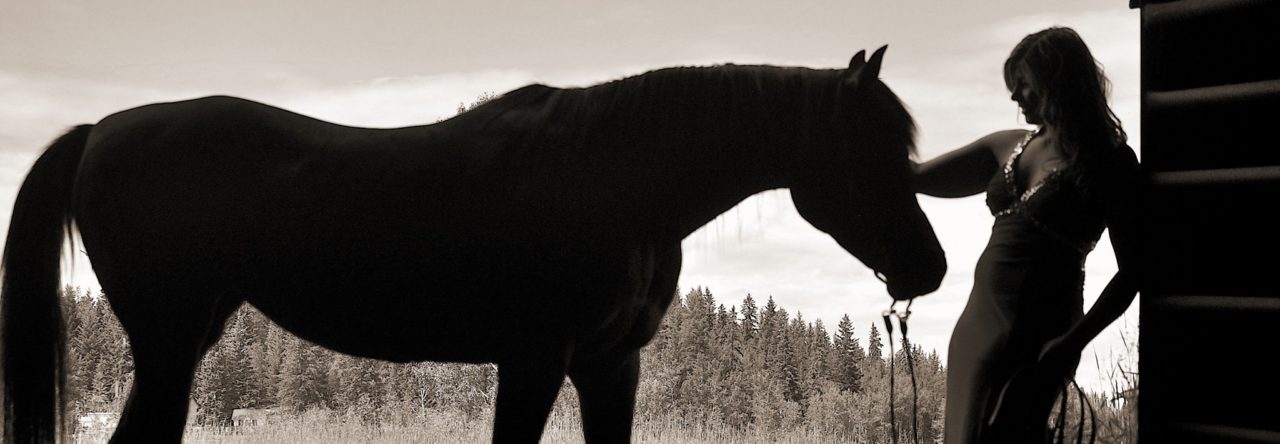My biggest takeaways of Block 2 from each class that are shaping my thinking and teaching pedagogy are the following:

EDU 399: I use to think- Now I think: I use to think ADST as a pedagogy would get me fired in a P.E. setting if I allowed for “creativity” with P.E. equipment. Now I think that ADST is a perspective, and if we are open-minded to multiple perceptions of ADST concepts, we will be unlimited to imbedding Design Thinking and being able to take “making” into the classroom. We learned about Reggio’s philosophy on Design Thinking and were able to gain many ideas from “Lifelong Kindergarten” by Mitchel Resnick. It was from this book, that we were able to learn about the free online coding program called “Scratch” that cultivates curiosity through an ADST designed curriculum. This book had many wonderful quotes that I related specifically to my teaching philosophy for student advocacy and I would like to document a few:
“Finding the right balance between freedom and structure is the key to creating a fertile environment for creative Learning. (81) With too little structure, many aren’t able to come up with ideas or follow through on ideas.” (82)
“When learners have more choice and control, they can build on their interests and passions, and learning becomes more personal, more motivating, more meaningful. (78) The only way that they can persist and persevere through all the challenges is if they work on topics that they’re truly passionate about.” (72)

EDU 361: Rhetorical Literature & Historical Thinking. We had a fun time discussing Rhetorical Literature and arguing what the word “rhetorical” was meant to display. We learned that Rhetorical Literature helps make meaningful connections that we can relate to the big picture of what we are teaching. We can move beyond “silo” mentality toward an interconnected understanding of the world. The big idea of our approach to the humanities course that was a takeaway teaching practice was that we are “Teaching for the Transfer of Learning.” 2 of the key teaching practices we learned about to infuse the transfer of learning as a pedagogy is Historical Thinking & 5 Themes of Geography. In Historical Thinking, we learned how stepping into the shoes of the past, can help gain understanding of the present and a relation to the future. For the 5 themes of Geography: Place, Location, Region, Human System/ Environment Interaction and Movement were concrete starting points any humanities teacher would want to simplify a geography process. The assignment I found most useful in this course was our “Tangible” assignment where we had to create a hands-on activity for our classes. In this assignment, we were able to use our cross-curricular knowledge of ADST, mixed with all the learning outcomes of 391, and being able to receive feedback on a less or potential other lessons it could be was so relevant to the teaching practice.
EDU 421: We not only learned the difference of approaches of Pre, Formative, Self and Summative Assessment, but how we could apply all of them in a holistic approach to learning. We learned that not only could self and formative assessment be turned into summative assessment, but we learned how to apply that process in our practicums. The question we had to ask ourselves constantly was how are we going to invite students to demonstrate their understanding? If we were conscious of that question, many times our expectations would align with the learning outcome and student understanding.

EDU 391: Recipes for Success, Stages of Groups. We learned how to implement the practices of “I do, we do, you do” for our students, where we can model, try and execute the learning outcomes together. We learned that the 8 key steps for success with our students learning outcomes start with: Relationships, Routine, Concrete Information, Consistency, Structure, Supervision, Simplicity and we must Repeat the above steps over for each new learning outcome. We learned about developing a Unit Plan, Assessment Plan, Planning for Diversity Plan, Lesson Plans and all of their relevancy for taking making into the classroom.
GOALS MOVING FORWARD:

- Try a different assessment practice. Even though I am quite content with my holistic approach to assessment that involves conferencing, collaborating and negotiating with my students through formative feedback and self- assessment, I would like the opportunity to try a gradeless approach if my school district allows for this. I would do this by having a portfolio for each student to document their daily activities, and provide clear criteria rubrics for students to gage their learning.
- Implement FPPL (First Nations Principles of Learning) as a pedagogy into each subject- no matter how difficult. I struggled this practicum to embed FPPL into the Gr. 10 P.E. classroom, because the three weeks I had did not contain the appropriate content to allow for this learning to occur considering my lack of knowledge of how to embed it. Moving forward, I have gained multiple resources from Fred Rogger at SD28 to guide my FPPL teaching and learning moving into the next practicum should it be P.E. or another teachable area.

Leave a Reply